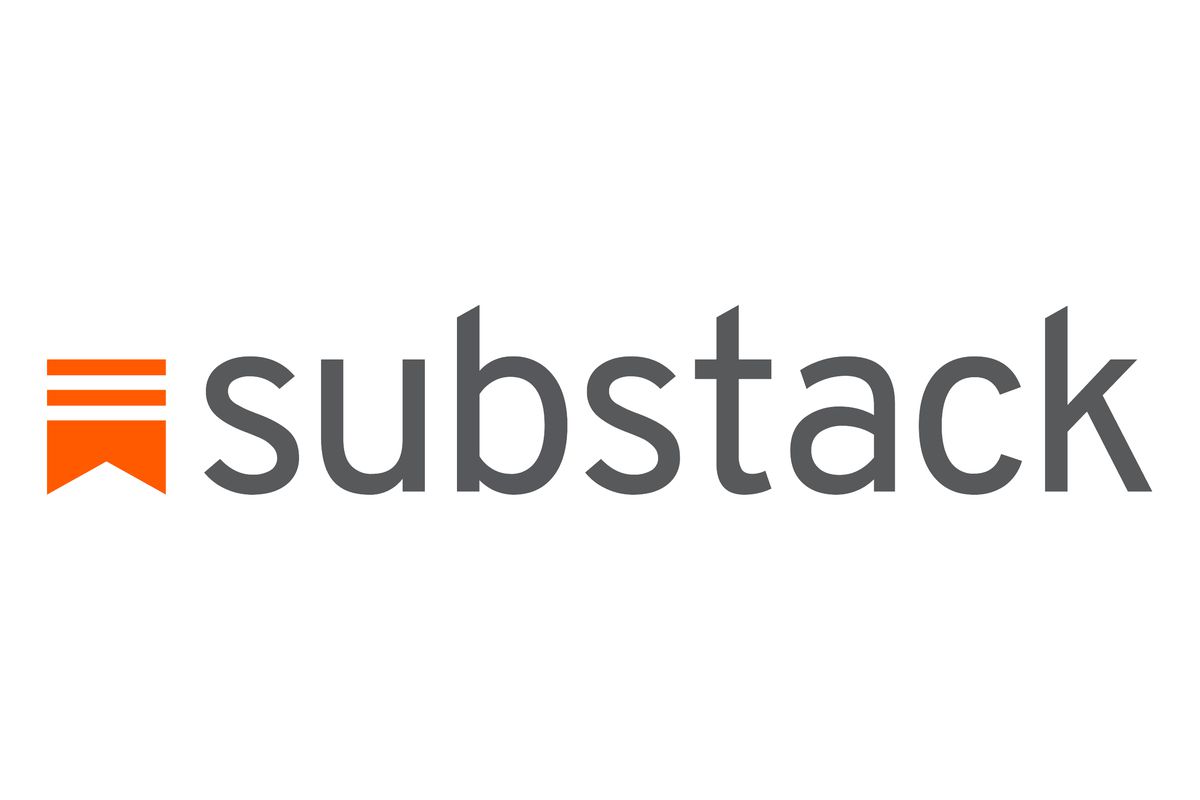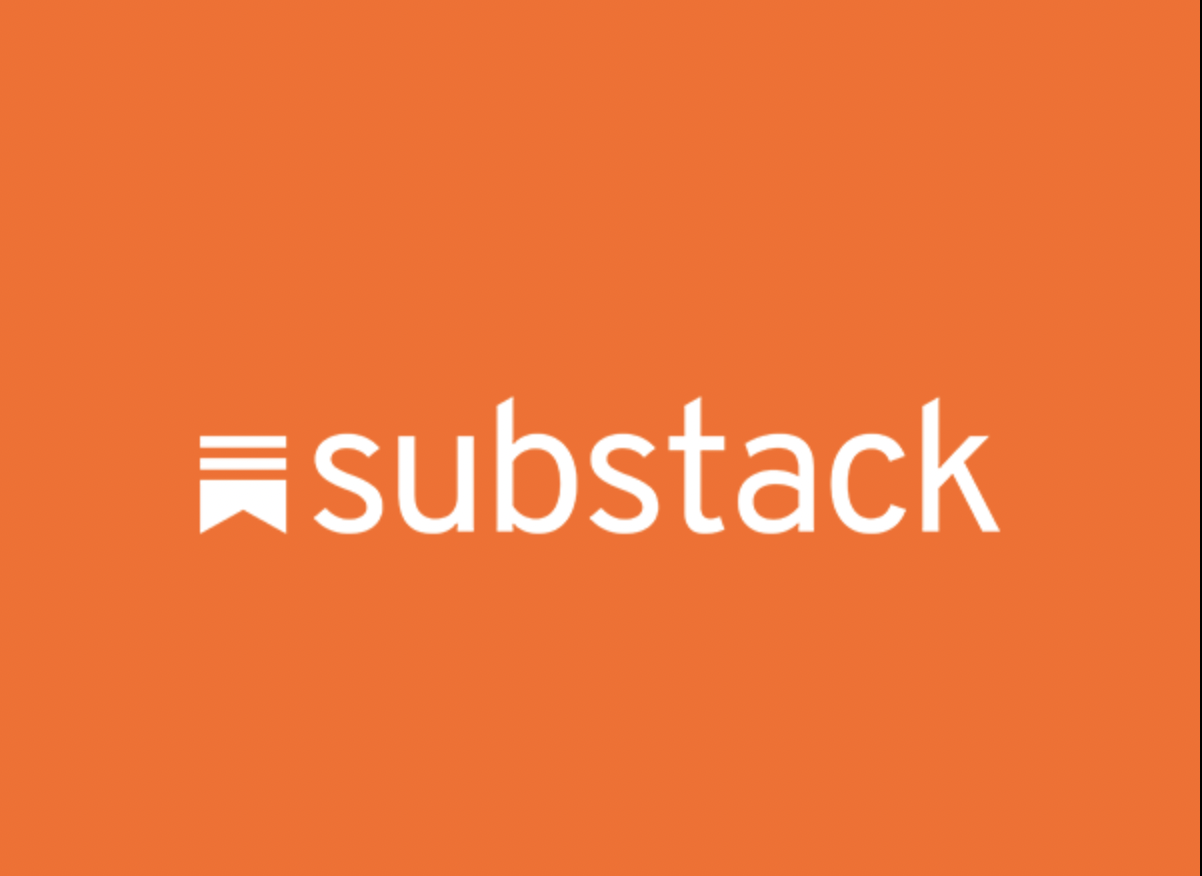The Guy List: Substack

Substack is quickly becoming a more diverse, trusted website than those operated by most news organizations. Tweet

Highlights
Once, newspapers mattered — most of all to journalists who needed a place to be published.
Substack has ended that. Now readers matter most to journalists who no longer need newspapers to carry their work.
Why Substack is like one of us:
As we reported in our recent PM story called “Substack: Last, Best Hope for Free Speech“:
“For those whose epistemology boils down to: Let everything be discussed, and may the best ideas win, it’s essential to build a safe haven for free exchange of ideas. Just in the past few months, Substack has emerged as that platform. To call it a breath of fresh air would be an understatement; it’s more like a blast of pure oxygen after emerging from a coal mine. Legacy outlets such as New York magazine and the New York Times, and even sites built specifically to challenge existing narratives such as Vox and The Intercept, have driven out some of their most talented people, but they’re all having the last laugh on Substack, where they are finding large and receptive audiences — and in some cases are startled to suddenly find themselves among the highest-paid columnists in the United States.”
Some of journalism’s most talented people are all having the last laugh on Substack.
How Substack is saving free speech in America:
From the same PM story:
“There are Substack newsletters about running, Hollywood, basketball, art, food, wine, money, sex and lots of other subjects, but the platform’s greatest value is in publishing thinkers who challenge the intellectual ruling class. Bari Weiss, the New York Times writer and editor who quit last year in spectacular fashion after being bullied by her colleagues — ‘Twitter is not on the masthead of the New York Times. But Twitter has become its ultimate editor,” she said in her resignation letter — has quickly established a Substack op-ed page, Common Sense with Bari Weiss, that doggedly and vigorously challenges conventional wisdom and has become essential reading. The left-wing writer Glenn Greenwald, who was hounded out of The Intercept even though he was its principal founder, continues to strike an anti-imperialist, anti-war, class-based approach to politics on his Substack. That approach makes him deplorable to mainstream progressives, who are far more interested in race than in anything else and tend to parrot the Democratic party line on everything. Matt Yglesias, who co-founded Vox in 2014 but was increasingly marginalized by his own colleagues, started the wonkish newsletter Slow Boring to emphasize policy solutions over woke rants. Jesse Singal delves into social-science research and how it sometimes conflicts with progressive dogma on his newsletter. John McWhorter dares to wade into the turbulent waters of race and language. All of these newsletters offer some of their content for nothing but ask for a small fee, typically $5 a month, from subscribers who want to unlock everything they write.”
Who decides who gets published on Substack, and who decides who gets paid and how much?
Anyone can publish on Substack. And do it for free. As for who decides who gets paid and how much, readers do that. You write, you set a monthly price of X to access to your writing, and Y readers choose to pay you every month. You get paid X * Y, with Substack keeping 10% along with 4-5% for credit card and processing fees. It’s a model we love, because it offers great writers both financial and editorial independence and allows them to reach interested readers without a media company and media company bias getting in the way.
But can we trust the writers who publish on Substack?
Do you trust Forbes? No reason you have to. They’re owned by a Chinese investment group.
But if you do, here’s their take on Substack and trust:
- “As a result of freedom—especially financial freedom—Substack also fosters trust. Not incentivized to game the algorithm, writers are pressed to do the work to discover what a reader finds interesting and engaging.”
- “Substack also promises to foster trust through intimacy and authenticity. In Substack, writers are able to engage in a more one-to-one conversation than in the past as the newsletters arrive directly in a reader’s inbox.”
- “Trust often leads to loyalty. By building trust, Substack writers are able to build recognized brands. Consider Emily Atkin, previously at The New Republic and ThinkProgress, and now author of the climate-focused Substack newsletter, Heated. Emily is earning more recognition and money on Substack than she earned at any salaried journalism job.”
And here’s more on trust from PM’s story:
“One of the liveliest writers and thinkers on Substack is Matt Taibbi, who unlike most of the others continues to publish with his longtime employer, in his case Rolling Stone, where he is an investigative reporter, but who has carved out a separate identity as more of a lethally funny critic of the media on TK News.”
Citing the Washington Post, New York Times, CNN and MSNBC, Taibbi says in an interview, “The worst indictment of these organizations is that you know what their take is going to be on everything which is exactly what liberals used to complain about Fox News. A lot of newsrooms are taking the moral clarity argument and that means making sure that the reader will come to the correct political conclusion.”












